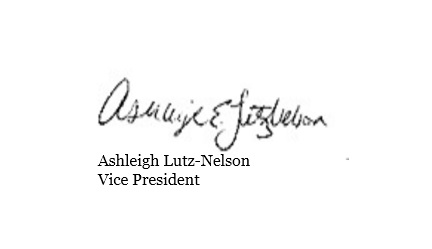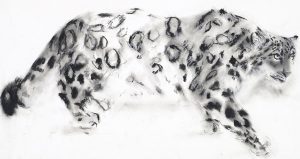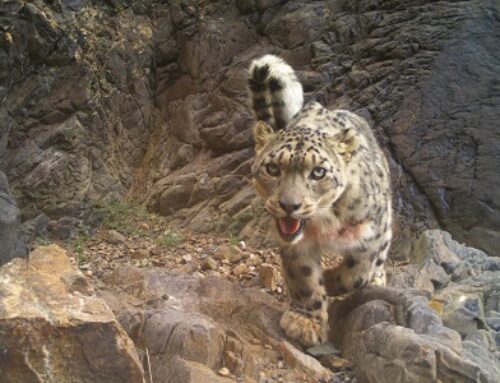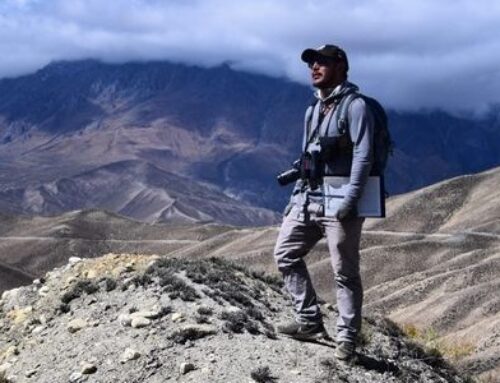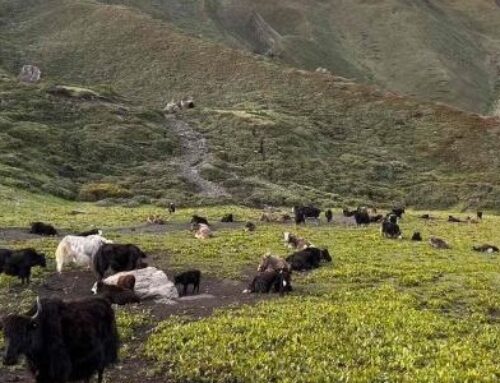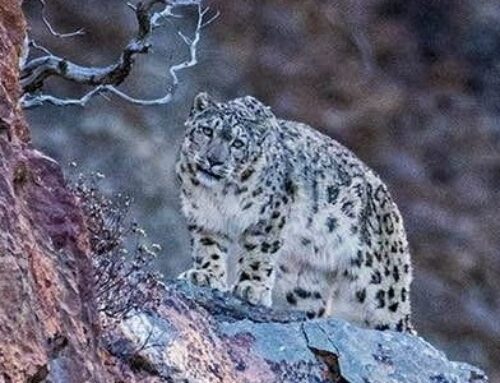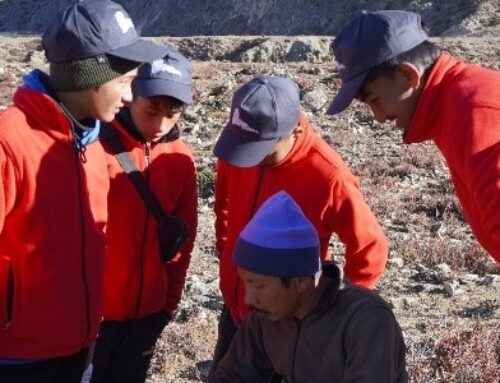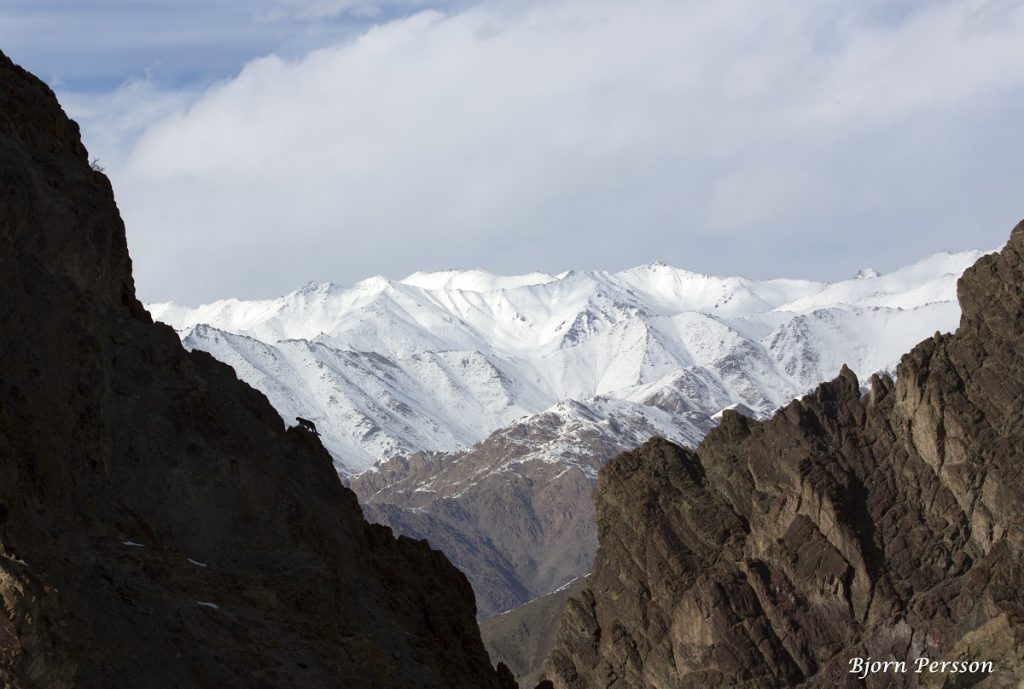
First and foremost, we want to express our heartfelt gratitude for your support for Snow Leopards.
In this update, we highlight the positive difference you’ve made and hope you will continue the journey with us to transform a brighter future for snow leopards and mountain communities as we face the challenges of the Covid-19 pandemic together.
Qurbon Alamshoev, a journalist from Tajikistan, is one of the founding members of the Land of the Snow Leopard Network. He is proud to be able to use his journalistic talents to “spread the word” about snow leopard conservation, and his hope is for the Pamiri people to become leaders in saving the snow leopard.

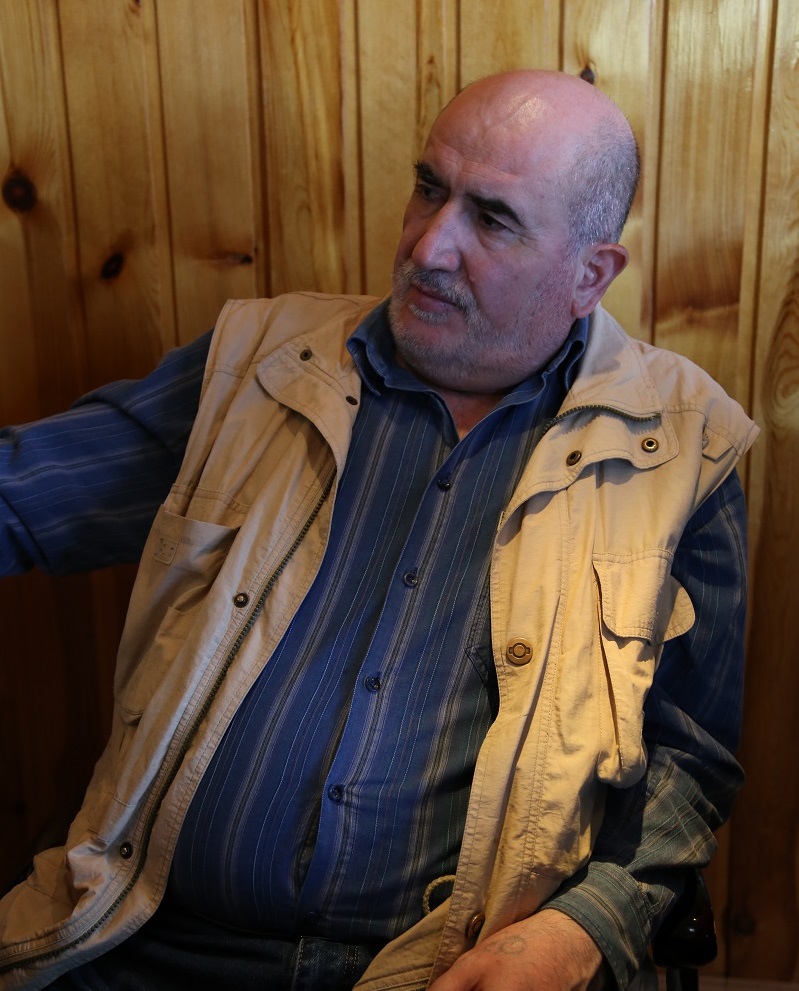
Qurbon was born into a large family of 12 children high in the mountain village of Midensharv. His father, a WWII veteran, was strict in his parenting, seeing to it that the children studied hard and learned to work from childhood.
As a young herder, Qurbon was aware of predation by animals like the snow leopard, wolf, and fox. However, based on the local communities’ spiritual beliefs, predators were not persecuted. As Qurbon relates, “this is also a creature created by God, and that means my sheep were appointed by God to feed this wild animal.”
Qurbon Alamshoev, a journalist from Tajikistan, is one of the founding members of the Land of the Snow Leopard Network. He is proud to be able to use his journalistic talents to “spread the word” about snow leopard conservation, and his hope is for the Pamiri people to become leaders in saving the snow leopard.

Qurbon was born into a large family of 12 children high in the mountain village of Midensharv. His father, a WWII veteran, was strict in his parenting, seeing to it that the children studied hard and learned to work from childhood.
As a young herder, Qurbon was aware of predation by animals like the snow leopard, wolf, and fox. However, based on the local communities’ spiritual beliefs, predators were not persecuted. As Qurbon relates, “this is also a creature created by God, and that means my sheep were appointed by God to feed this wild animal.”
But then from 1992 to 1997, Tajikistan underwent a civil war, which brought long-standing societal changes that posed new and enduring threats to the snow leopard.
Qurbon remembers an instance where a snow leopard was shot for food by militants. At the time, this deeply saddened the local residents. But the erosion of traditional cultures had already begun as well as the ecological and spiritual devaluation of the snow leopard.
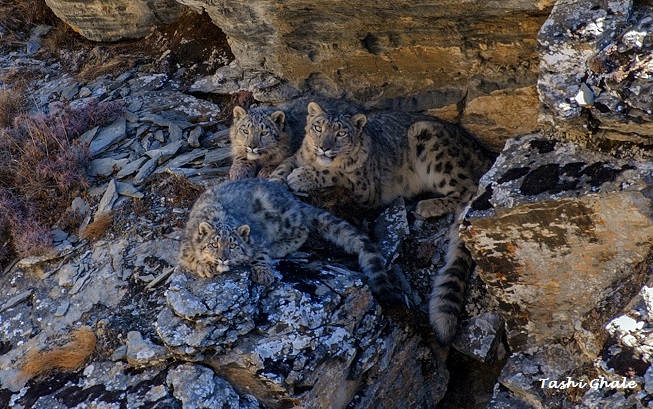
Qurbon says that his love of the snow leopard began with a reading of the last book written by Chingiz Aitmatov, “When Mountains Fall,” which describes the similar struggles of a man and a snow leopard. Aitmatov believed that everything on earth is interdependent; that nature, which gives everything to humans, can also take it back; and that the harm humans do to nature will come back on them.
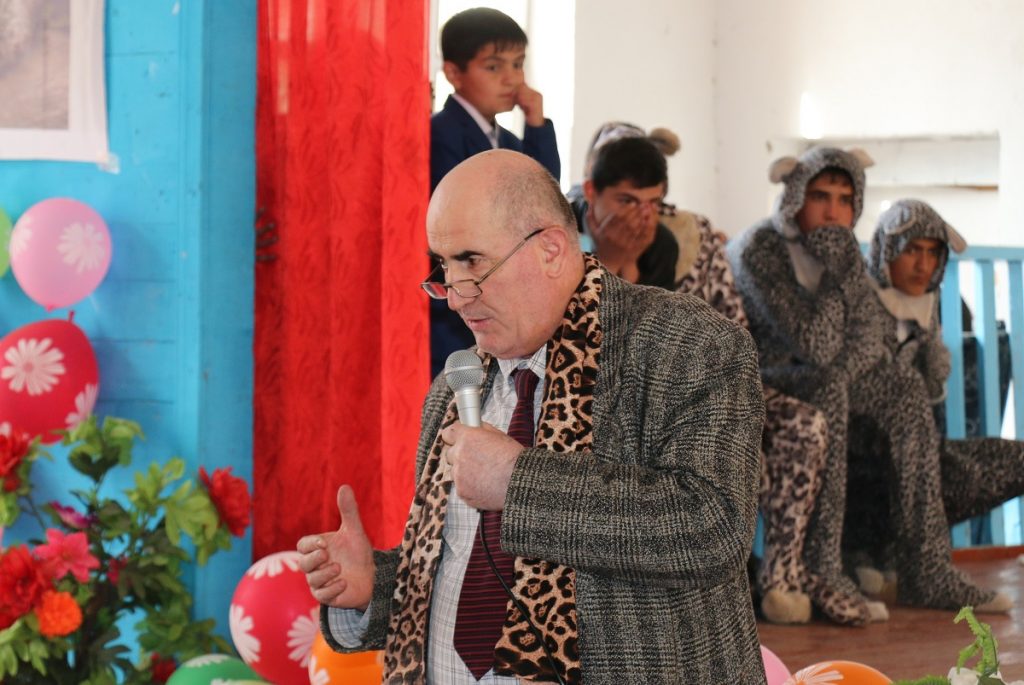
Influenced by literature he read and traditional practitioners & villagers he spoke with, Qurbon became a strong proponent for snow leopards.
Since 2015, with Qurbon’s guidance, the organization, Kuhhoi Pomir, has been coordinating Snow Leopard Day Festivals in the Pamir Mountains of Tajikistan, which have been attended by more than 4000 children and adults.
Attendees share the knowledge they’ve gained about snow leopards with their local communities, improving the perception of the snow leopard while decreasing negative outcomes.
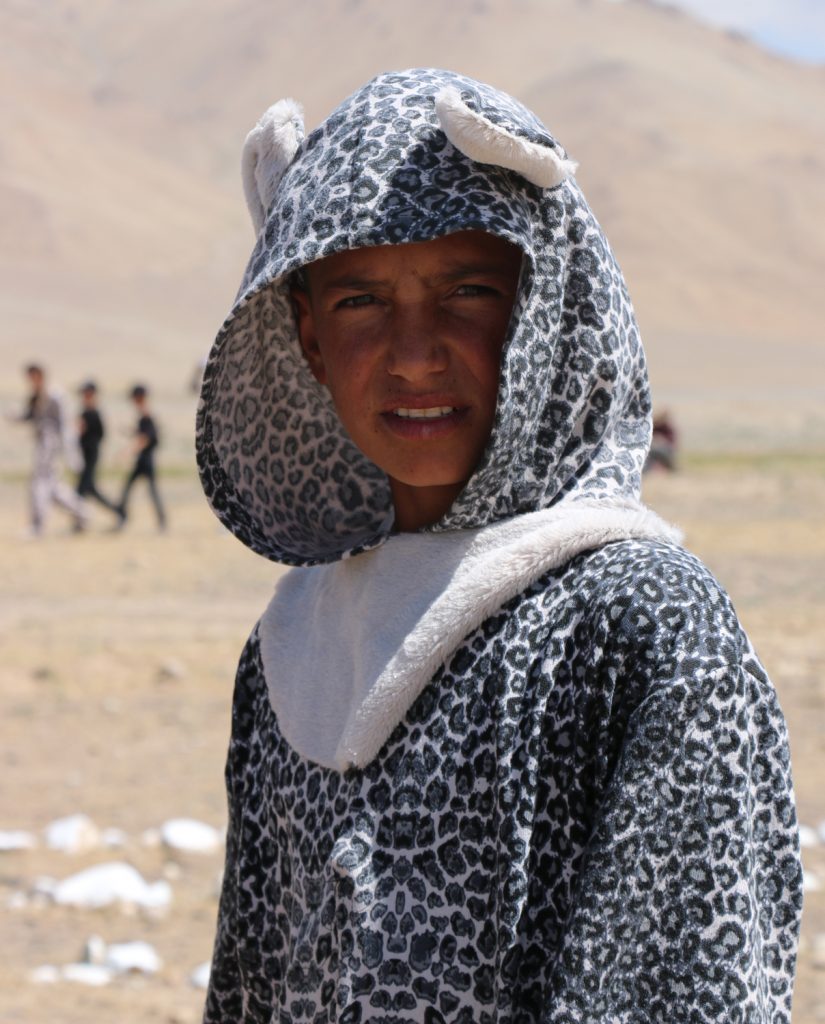
Since 2015, with Qurbon’s guidance, the organization, Kuhhoi Pomir, has been coordinating Snow Leopard Day Festivals in the Pamir Mountains of Tajikistan, which have been attended by more than 4000 children and adults.
Attendees share the knowledge they’ve gained about snow leopards with their local communities, improving the perception of the snow leopard while decreasing negative outcomes.
Snow Leopards Released in Tajikistan after Raiding Livestock
In this region, the main threat to snow leopards is conflict with herders due to livestock losses incurred from depredation.
Since July 2019, Qurbon Alamshoev has recorded more than 10 instances of snow leopards being released back into the wild instead of being killed in retaliation.
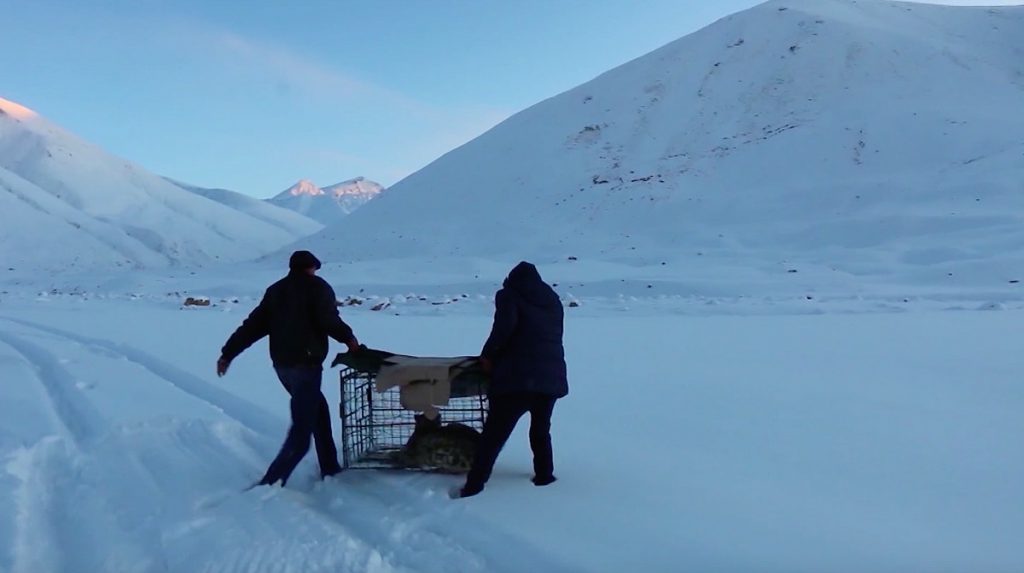
Qurbon Alamshoev
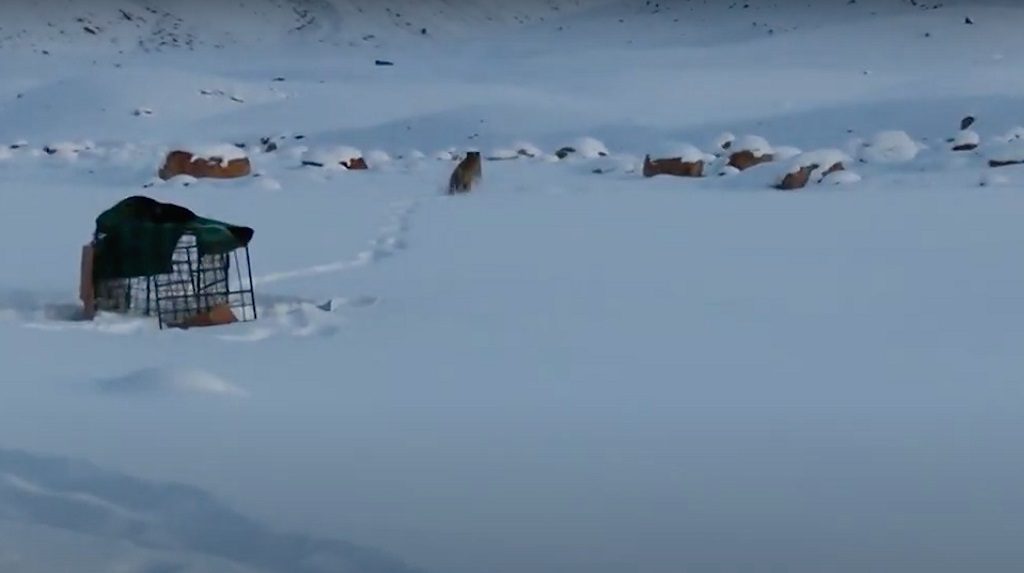
Qurbon Alamshoev
On one occasion, a snow leopard was discovered early one morning in a barn. It had gotten in the previous night through a hole in the roof and had killed or injured 34 sheep & goats. The herder’s first reaction was to kill the predator in retaliation. Remarkably, with the advice of a neighbor who understood the cultural and spiritual significance of the snow leopard, the herder chose to notify the local authorities. Upon the arrival of police and representatives of local governmental and environmental organizations, the cat was carefully placed in a cage and transported a distance away where it was released unharmed.
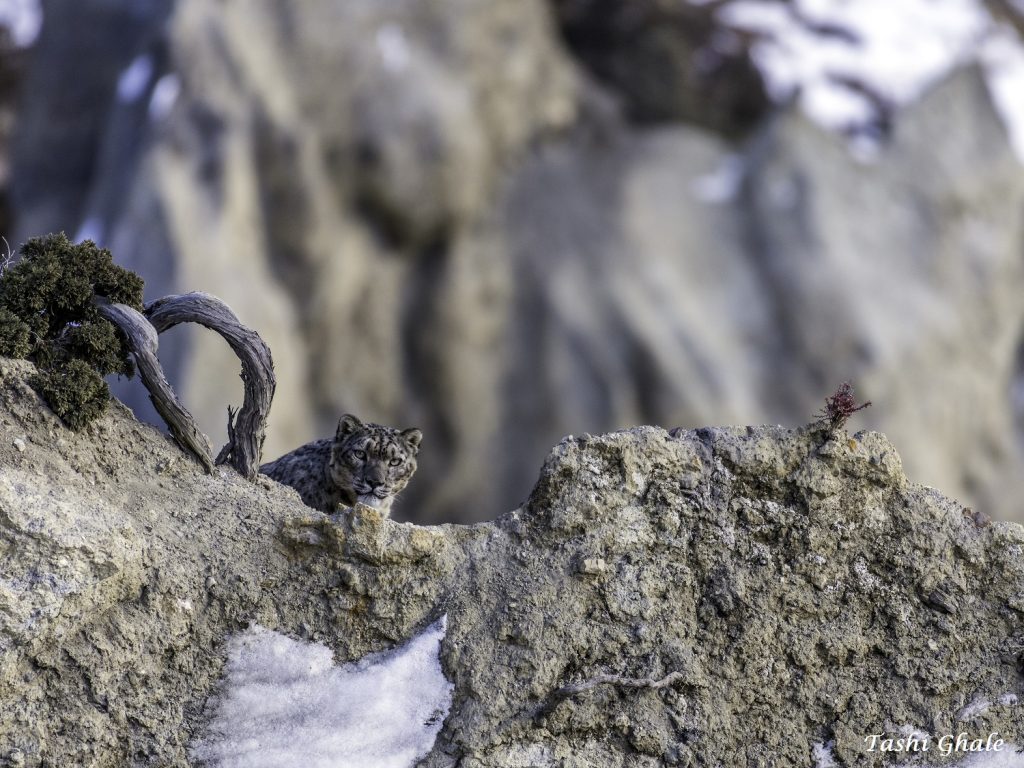
Snow leopard releases are evidence of the positive impact of conservation action. The next step is to engage herders in predator proofing nighttime corrals and barns, which will go further toward mitigating conflict between herders and snow leopards.
The Conservancy is working to protect snow leopards and essential natural resources and preserve traditional mountain cultures across Central Asia. We are seeing positive impacts, but with the unprecedented challenges of Covid-19, snow leopards and communities need our support more now than ever.
We are addressing several rising threats such as escalating human-wildlife conflict, poaching, food insecurity, and emerging public health risks. And with nature-based tourism severely affected due to international and domestic travel restrictions associated with Covid-19, there are limited economic opportunities for remote mountain communities, which threatens to undermine previous conservation success. There is, therefore, an urgency to raise funding for programs to help these villages develop alternative revenue streams and provide tools such as Foxlights electronic predator deterrents to prevent conflict.
With your critical support, together we will forge a brighter, more sustainable future by empowering local guardians of this precious mountain ecosystem that supports approximately 3,000 to 7,000 snow leopards and whose glaciers and rivers provide fresh water for nearly 20 percent of the world’s population.
We are extremely appreciative for a generous matching grant of $25,000 which has been offered by a long-term supporter. This grant will help us meet our year-end fundraising goal of $75,000, enabling us to continue making an important difference for both snow leopards and mountain communities during this challenging time.
We hope you will consider supporting these efforts to help secure a future for snow leopards in this iconic landscape. Gifts can be made at snowleopardconservancy.org/donations. Please reach out to us by phone at (707) 938-1700 or mailto:ashleigh@snowleopardconservancy.org with any questions or to learn more. Your gift today brings hope for tomorrow!
Thank you for being a vital part of this effort.

